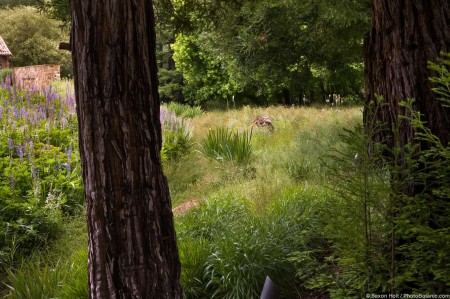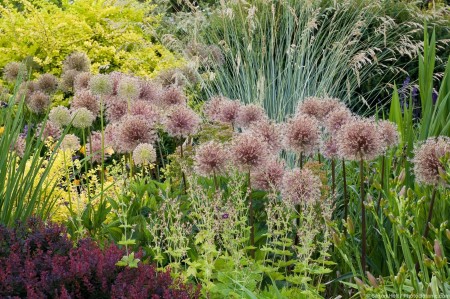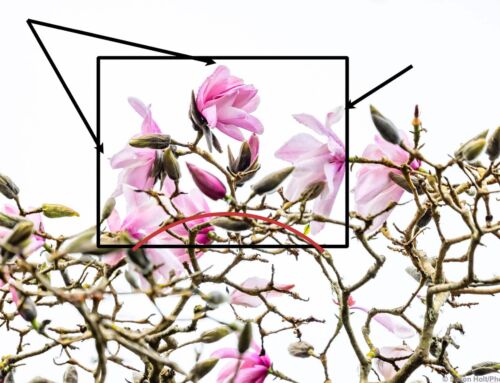“The first lesson in all my garden photography workshops is to “think like a camera.” Your camera is a tool, which can only take a picture when you point it at something and trigger the shutter. You are in control of the composition.
Whether you have a big megapixel SLR camera or just a smart phone, your pictures will improve as soon as you think about what the camera is seeing—versus what you are seeing. Use the camera frame to fill your photograph with only those elements that tell your story.”
This opens the Introduction to Think Like A Camera, the second book in The PhotoBotanic Garden Photography Workshop series. The series is written by Saxon Holt, an award winning garden photographer with 30 years photographing gardens, 20+ books, and a Fellow of Garden Writers of America.
Book Two builds on Good Garden Photography, an introduction to visualizing gardens with an eye to telling a “good” story, to the core of the PhotoBotanic workshop. We now learn tools and concepts, with specific lessons intended to help you compose your image—somewhat universal artistic concepts that most photography instructors cover, but illustrated with garden images.
Each lesson presents ideas that you can work on when in the garden with your camera, as a self-assignment. While nothing beats hands-on instruction and feedback in a live workshop in a beautiful garden, the lessons here are exactly the themes Saxon works on with students.
“Think Like A Camera” is broken into six chapters that are described below (photo 2.1 to 2.6). Each lesson comes directly from the on-line Workshop and are bundled here. The lessons build on the previous; by the end of the workshop, you will be armed with fundamental concepts that will encourage you to go out and think like a camera.
Learn by doing. Do have fun.
Think Like a Camera e-book is $9.95, and the download is in the bookstore. Each lesson is available as its own lesson as a $1.99 mini-book on iTunes or Google Play.
Lesson 2.1
Framing. In lesson one, we use techniques to juxtapose elements within a composition to frame key elements and force your viewer to see your perspective.
<><><><><><><><><>
Lesson 2.2

<><><><><><><><><>
Lesson 2.3

<><><><><><><><><>
Lesson 2.4

<><><><><><><><><>
Lesson 2.5

<><><><><><><><><>
Lesson 2.6

<><><><><><><><><>
Think Like a Camera e-book is $9.95. Download in the Bookstore.
Expanded coverage is available to members of PhotoBotanic Learning Center. I would love to have you as a member.









Leave A Comment